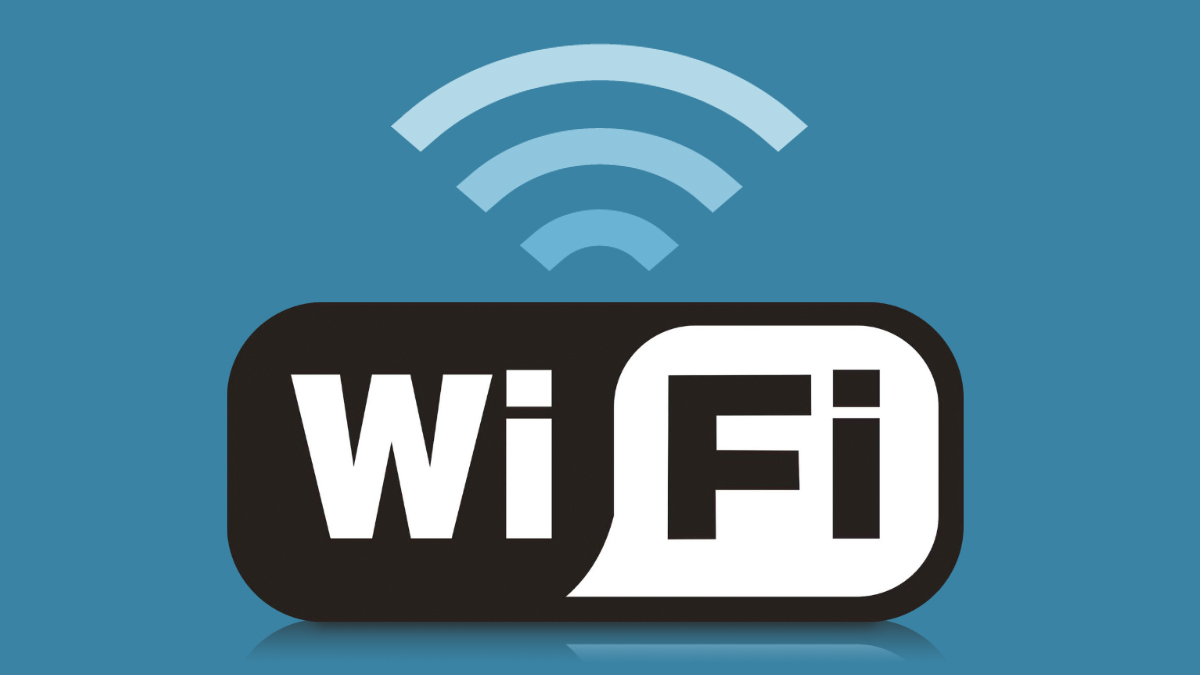Professional Guidance On Core Criteria For Ight Wi- Fi
Wireless technology has revolutionized the way we communicate and access information. One of the most widely embraced innovations in this domain is the wireless Wi-Fi antenna. Compared to its wired counterparts, wireless antennas have garnered immense popularity among users, primarily due to their convenience and flexibility.
The Rise of Wireless Communication
Wireless technology operates through the transmission of data without physical connections, often relying on radio waves. Networks are established using various methods, including satellite links and terrestrial systems designed to provide seamless communication. This approach eliminates the need for cumbersome wiring, making it a preferred choice for both individual and commercial use.
One of the standout features of wireless technology is its adaptability. For instance, wireless Wi-Fi antennas have become indispensable in modern households and workplaces. They facilitate high-speed internet connectivity without the constraints of fixed wiring, offering users greater freedom in device placement and network access.
Wireless vs. Wired: Why Wireless Prevails
While wired connections have their advantages, such as stability and lower susceptibility to interference, wireless systems offer unparalleled convenience. A wireless Wi-Fi antenna, for example, allows users to connect multiple devices to a single network without the need for additional cables. This not only simplifies setup but also enhances the overall user experience.
Another critical aspect is mobility. Wireless networks enable users to access the internet on-the-go, whether within their homes, at work, or in public spaces. This flexibility is particularly beneficial in scenarios where physical wiring is impractical or impossible. Additionally, the advent of mesh Wi-Fi systems has further boosted wireless technology by providing extended coverage and eliminating dead zones.
Ensuring Network Security
Despite its numerous advantages, wireless technology comes with its share of challenges, particularly in terms of security. Unlike wired networks, wireless systems are more vulnerable to unauthorized access and data breaches. If you aren’t sure about your network’s security, it’s best to assume it’s not secure and take appropriate measures.
Implementing robust encryption protocols, such as WPA3, is essential to safeguard wireless networks. Regularly updating firmware and using strong, unique passwords can also help protect against potential threats. Awareness and vigilance are crucial, as wireless networks are often targeted by cybercriminals seeking to exploit vulnerabilities.
Wireless Technology in Urban Connectivity
Wireless technology isn’t limited to individual usage; it plays a significant role in urban infrastructure as well. For example, modern transportation systems leverage wireless networks to enhance efficiency and convenience. The introduction of streetcars running every seven minutes during the Monday to Saturday daytime period in some cities highlights this integration.
These streetcars rely on wireless communication for real-time updates, passenger information, and operational control. By linking two cities seamlessly, they exemplify how wireless technology can transform public transit and promote connectivity.
Challenges in Wireless Communication
Despite its many benefits, wireless communication isn’t without its drawbacks. One notable issue is collision in network traffic. When multiple devices attempt to access the same network simultaneously, collisions can occur, leading to delays or data loss. This underscores the importance of efficient network management and advanced technologies to minimize disruptions.
Additionally, wireless signals can be susceptible to interference from physical obstructions or other electronic devices. Ensuring optimal placement of wireless Wi-Fi antennas and using signal boosters when necessary can help mitigate these issues.
The Role of Wireless Technology in Creative Processes
Wireless connectivity extends beyond practical applications; it also influences creative endeavors. Artists, for example, often rely on wireless networks for weekly reflections, sharing their work, and collaborating with peers. This ease of communication fosters innovation and enables artists to reach wider audiences without geographical limitations.
The ability to instantly access and share information has reshaped the creative landscape, allowing for dynamic interactions and diverse expressions. From uploading digital artworks to streaming performances, wireless technology has become an integral part of artistic exploration.
Wireless technology, epitomized by innovations like wireless Wi-Fi antennas, continues to reshape the way we live, work, and create. Its impact spans from enhancing everyday convenience to revolutionizing urban infrastructure and artistic pursuits. While challenges remain, the ongoing evolution of wireless systems promises a future of even greater connectivity and possibilities.
